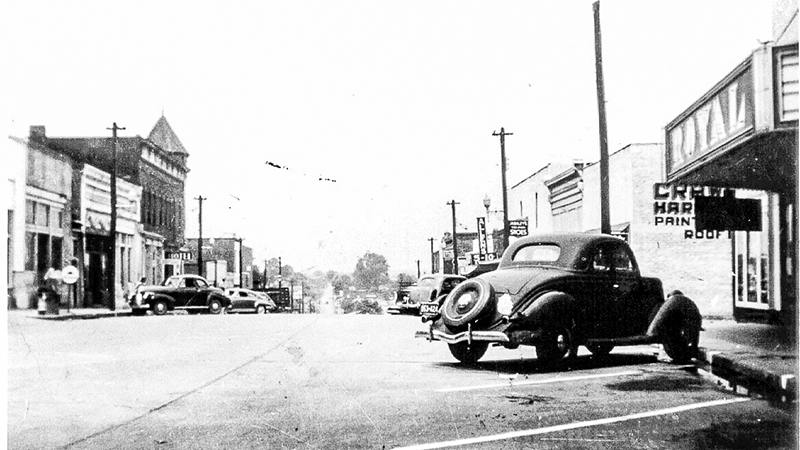WHAT’S IN A NAME: City of Hogansville
Published 11:30 am Saturday, February 25, 2023
|
Getting your Trinity Audio player ready...
|
Unlike West Point, and to some extent LaGrange, how Hogansville came by its name is crystal clear.
“Hogansville is named for the Hogan Family who owned a plantation there. William Hogan was the patriarch of the family, and they owned most of the property that is now the City of Hogansville,” said Lewis Powell of the Troup County Historical Society.
The Hogans settled there before the Civil War, but the town was not incorporated until 1870 about five years after the end of the war, Powell said.
The early records of Hogansville show the community gathered around churches, schools and the Norwood Mill on Yellowjacket Creek. The mill was patronized by the settlers for miles in all directions.
The community was a recognized business center long before the town was officially incorporated on Oct. 12, 1870.
At the time, James M. Hurst, Joel J. Loftin, W. H. C. Pace, John T. Pullin, Warren Bacchus and Benjamin W. Morton were appointed as commissioners of the new town under the town council-style government.
The city limits were originally circular with a radius of three-fourths of a mile with the railroad depot as a center, but the radius was reduced to a half mile six years later. On Dec. 17, 1901, rectangular city limits were established with the main line of railroad track as the point from which measurements are made.
During its early heyday, Hogansville was known as one of the best cotton markets in western Georgia. Hogansville merchants sold supplies to a large part of Troup, Heard, Coweta and Meriwether Counties.
Hogansville’s central location to multiple county seats helped it grow in the early days.
Hogansville was the nearest railroad point to Franklin, the county seat of Heard County, and equally close to Greenville, the county seat of Meriwether County. All freight and passenger traffic as well as the mail for both towns came through Hogansville.






